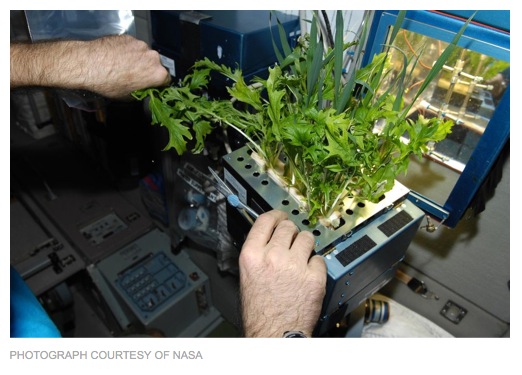 |
| Click on the pic to get linked to the article |
Since Neil Armstrong took one giant leap for mankind, there's been a big debate on whether humans have actually landed on the moon. Conspiracy theorists have been showering us with articles accusing the US government of faking the moon landing to defend their space race supremacy over Russia during the cold war.
Last year, director Alfonso Cuaron won and Oscar for his movie "Gravity," which IMDB describes as a sci-fi thriller about "a medical engineer and an astronaut work together to survive after a
catastrophe destroys their shuttle and leaves them adrift in orbit."
 |
| photo courtesy of IMDB |
This year, saw another sci-fi space flick, " Interstellar, a sci-fi adventure movie about "a team of explorers travel through a wormhole in an attempt to find a potentially habitable planet that will sustain humanity."
 |
| photo courtesy of IMDB |
These two movies have often been compared. While I find "Gravity" more compelling, "Interstellar" is more interesting scientifically as it poses more philosophical questions about the possibilities of mankind's survival in outerspace.
Much has been written about the science behind the movie's awe-inspiring visuals developed with the help of physicist Kip Thorne. My interest lies beyond the surviving wormhole travel and fifth dimension magic... how do we eat and what do we eat when we travel in space and travel through time?
According to several National Geographic articles, plants grow fine without gravity but would have alien colors and trees would bloom black on worlds with double stars.
 |
| Photo courtesy of National Geographic |
So now we know that plants can grow outside of earth, is that all we're going to eat?
Since the advent of space travel, a number of animals have been sent to space including monkeys and dogs and frogs. While NASA reports that animals can adapt to living in space, only one animal has survived being exposed to cosmic rays and exposure to open space conditions, the tardigrade.
 |
| The amazing tardigrade |


No comments:
Post a Comment